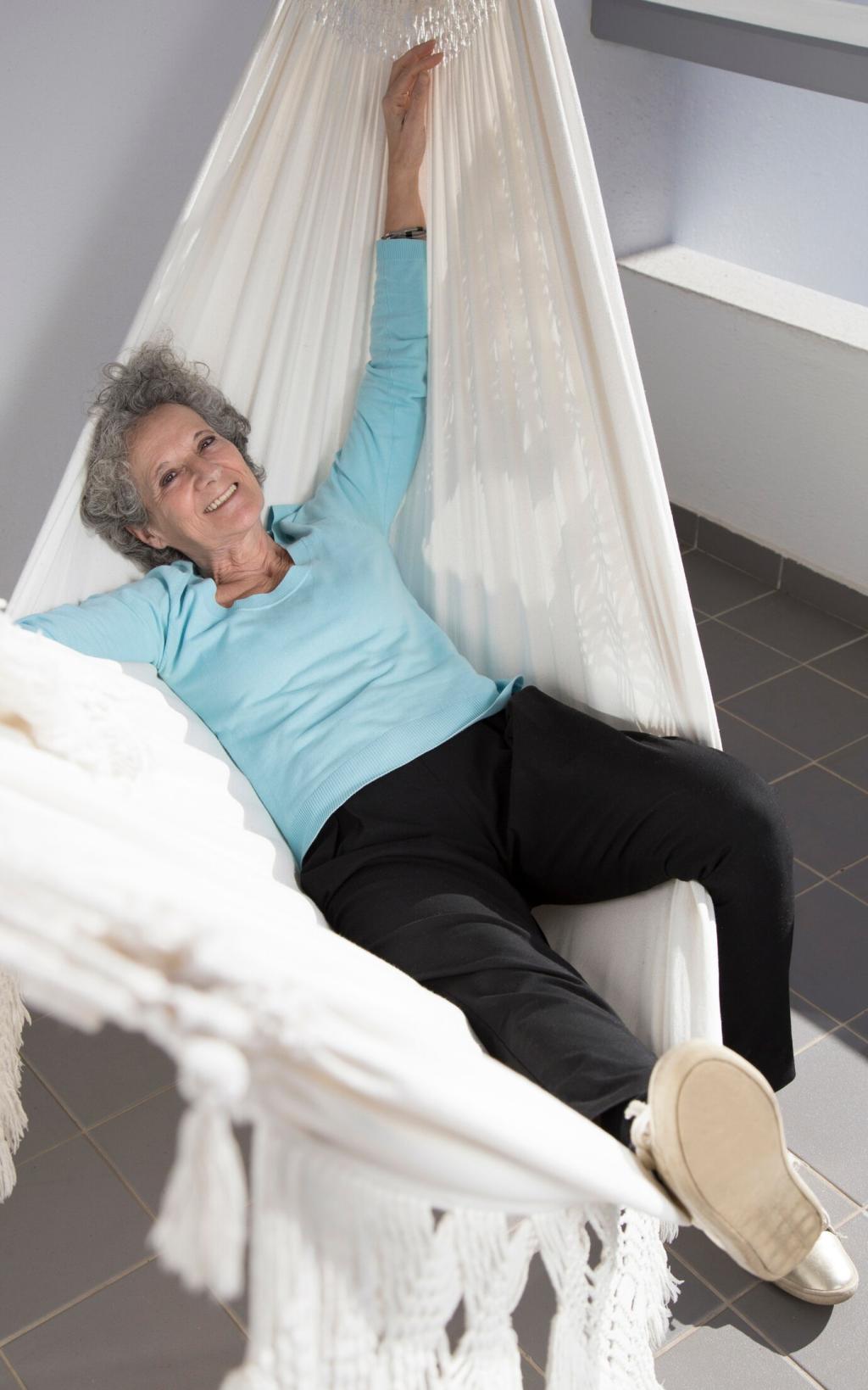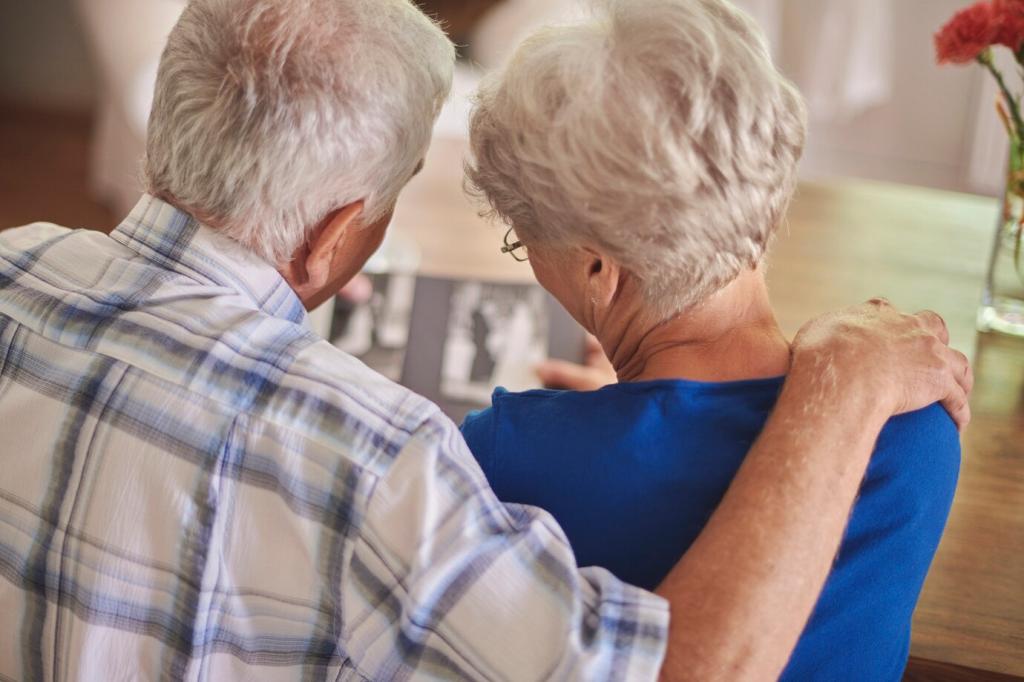Room-by-Room Safety Upgrades
Install grab bars near the toilet and shower, a sturdy shower seat, and non-slip mats. Replace knobs with levers and consider a handheld shower. Ask if you should share your favorite grab bar placements.
Room-by-Room Safety Upgrades
Lower frequently used items to waist-to-shoulder height, add pull-out shelves, and switch to D-shaped drawer pulls. Induction cooktops reduce burn risks. Comment if labeling cabinets helped someone you love cook more safely.







